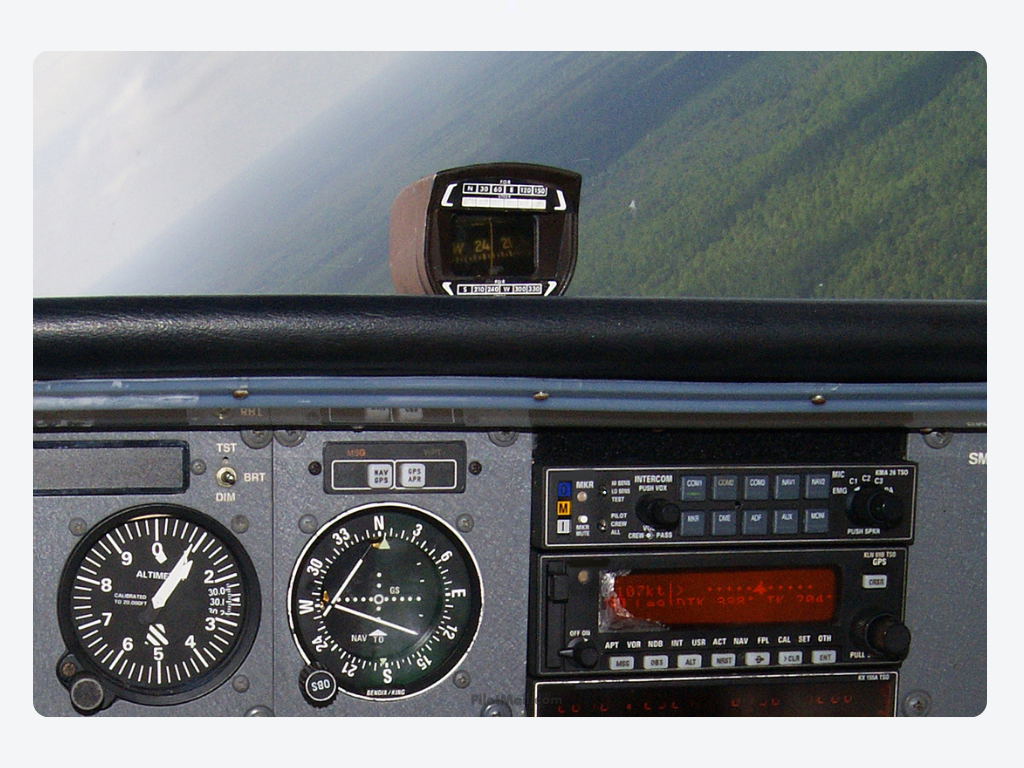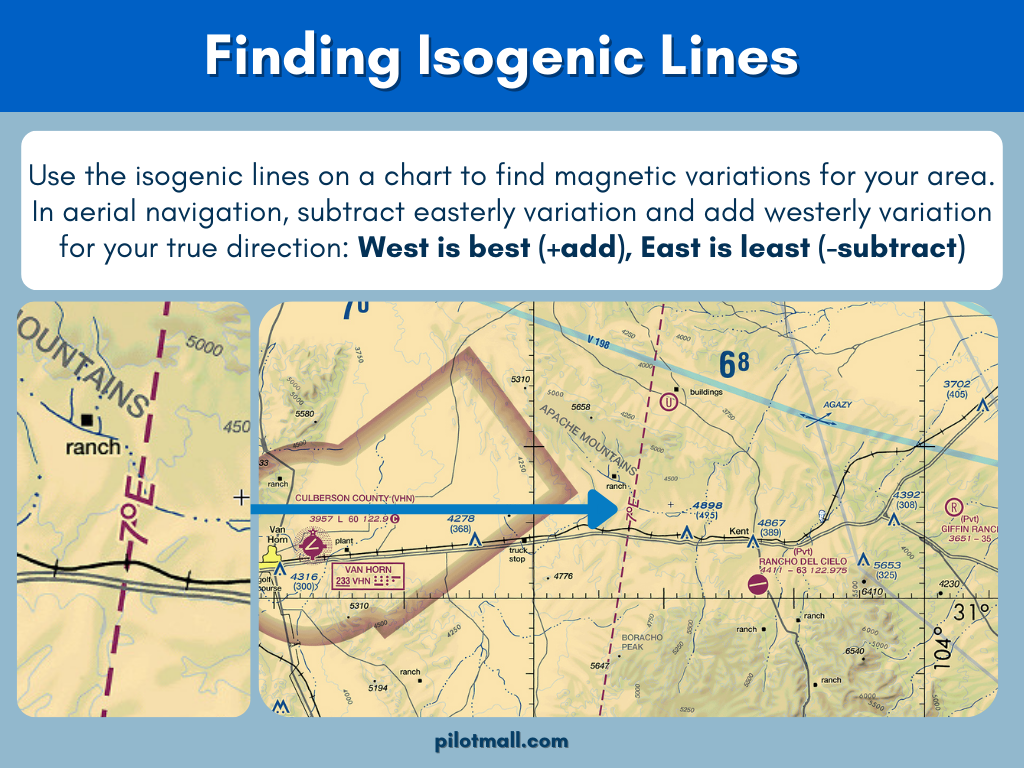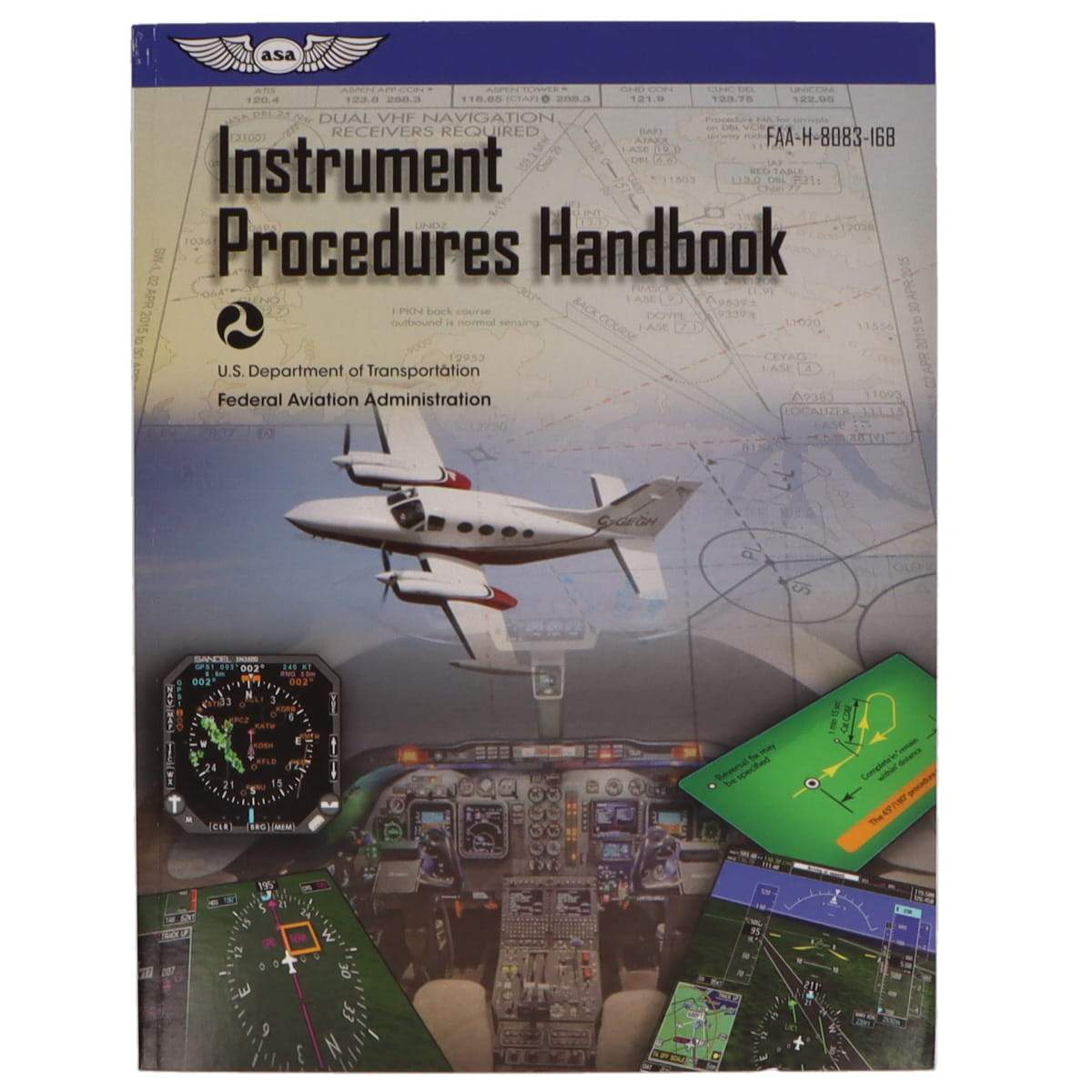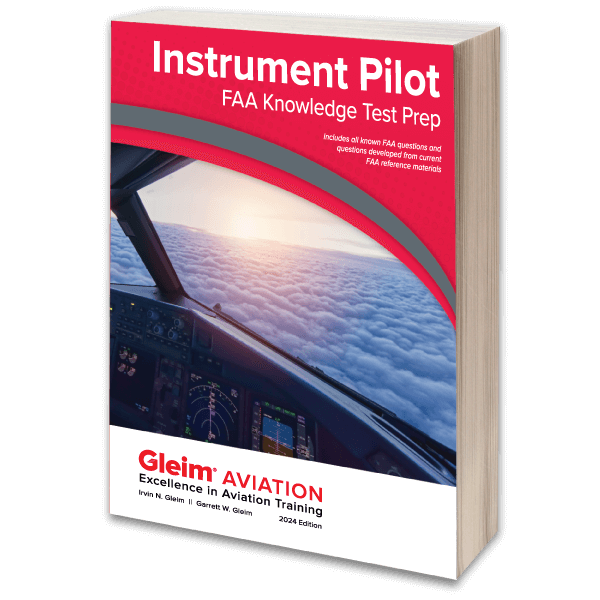In the wonderous domain of aviation, pilots depend on the magnetic compass as a steadfast guide through the boundless skies. While this instrument may appear uncomplicated, it conceals a tapestry of intricate errors that demand our scrutiny.
Within this article, we'll unravel the enigmas of compass errors and empower you with the wisdom to enhance safety and precision during your flights.
Join us as we navigate through learning about the various errors, and pave the way towards mastery and precision in aviation.
Understanding the Magnetic Compass
A pilot's comprehension of how magnetism affects aircraft is key to fully understanding how the compass operates.
The magnetic compass installed on an aircraft serves as a real-time indicator of the aircraft's magnetic heading, aligning with Earth's geomagnetic field, which predominantly stretches from north to south.
The compass can prove to be invaluable during turns, assisting pilots in confirming their desired course upon completing a maneuver.
Interestingly, if we observe the magnetic poles, Earth's magnetic north pole resides near the geographic South Pole, while the magnetic field lines emanate from a vicinity close to the geographic South Pole and terminate near the geographic North Pole.
Common Magnetic Compass Errors
Despite its usefulness, the magnetic compass is not without its flaws. Corrections can be made to the device to ensure it provides the most accurate reading possible.
In aviation, the acronym "VD-MONA" is used to help pilots remember errors that can happen ith the magnetic compass. It stands for:
-
Variation
-
Deviation
-
Magnetic Dip
-
Oscillation
-
Northerly Turning Errors
-
Acceleration/Deceleration Errors
Let's get a more in-depth look at each one of these errors:
Magnetic Variation
-
What is it?
Magnetic variation(or declination) is the angular difference between true geographic north and south and the magnetic north pole and magnetic south pole, causing a deviation between a magnetic compass reading and true north. The flux lines run more vertically close to the poles, in relation to the Earth's surface.
-
Tips to Remember:
Use the isogenic lines on a chart to find magnetic variations for your area. In aerial navigation, subtract easterly variation and add westerly variation for your true direction. Variation varies by location, being less dramatic near the equator and it becomes more pronounced near the poles.
-
West is best (+add), East is least (-subtract)
-
030° True + 10° west variation = 040° Magnetic heading (west)
-
030° True - 15° west variation = 015° Magnetic heading (east)
-
-
How to Correct it:
To correct for magnetic variation, adjust your true crouse based on known variation. Add variation to your true course in westerly variation areas and subtract it in easterly variation zones. Remember "West is best" (add) and "East is least" (subtract) to make sure that your compass aligns with your intended direction during your flight.
Magnetic Deviation
-
What is it?
Your aircraft's instruments introduce a form of disturbance that impacts your compass, and this disruption is referred to as deviation. Within the compass itself, there are compensatory magnets strategically positioned to counterbalance these interfering magnetic fields.
Magnetic deviation represents the discrepancy introduced into a compass reading due to the presence of local magnetic fields, and it must be considered, alongside magnetic declination, when striving for precision in bearing calculations.
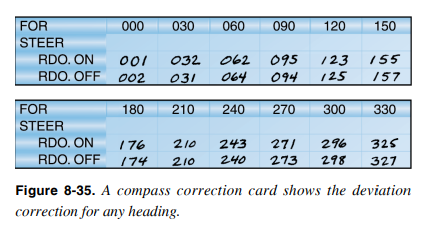
-
(FAA Pilot's Handbook of Aeronautical Knowledge)
Typically, a compass card is affixed to provide guidance on the necessary error corrections for various headings, although these adjustments are typically minor, spanning just a few degrees.
-
Tips to Remember:
Be mindful when positioning specific electronic devices, like a headset, in proximity to the magnetic compass, as these items have the potential to exert sufficient influence on the compass to induce a variance in the indicated heading.
-
How to Correct it:
-
Magnetic Course ± Deviation = Compass Course
-
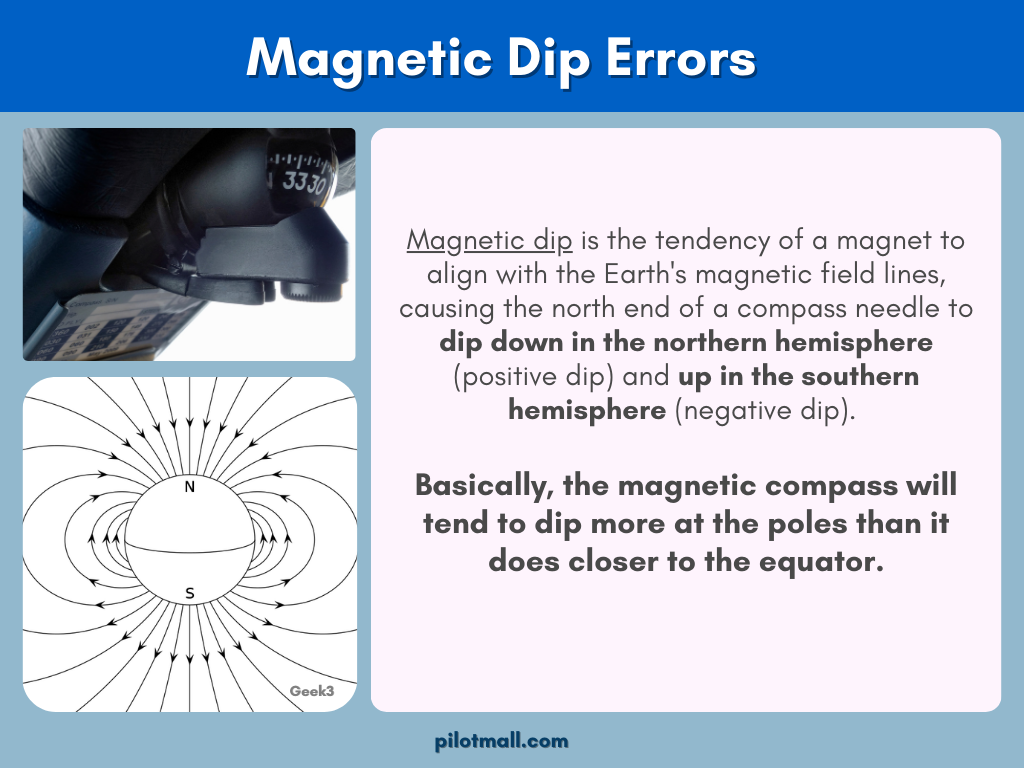 (Image of the Earth's Poles is By Geek3 - Own work, CC BY-SA 3.0)
(Image of the Earth's Poles is By Geek3 - Own work, CC BY-SA 3.0)
Magnetic Dip
-
What is it?
Magnetic dip is the tendency of a magnet to align with the Earth's magnetic field lines, causing the north end of a compass needle to dip down in the northern hemisphere (positive dip) and up in the southern hemisphere (negative dip). The magnetic compass will tend to dip more at the poles than closer to the magnetic equator.
-
Tips to Remember:
Magnetic dip is most significant near the magnetic poles, causing errors with the compass. Within 300 miles of the poles, compasses are highly unreliable. Compasses are weighted at the south end to minimize errors, and a small dip-compensating weight keeps them level in the middle latitudes of the northern hemisphere.
-
How to Correct it:
Correcting magnetic dip involves understanding its impact, especially near the poles. Cross-reference with other instruments in areas with pronounced magnetic dip. Follow manufacturer guidance and ensure proper compass calibration to minimize its effect on navigation accuracy.
Check out this highly informative video by Part Time Pilot on dip errors.
Magnetic Dip: Turning Errors
A turning error that can take place involves a turn from a Northerly heading, during that time the compass will briefly indicate a turn in the opposite direction. The other turning error can take place when turning from a Southerly heading, which will cause the compass to indicate a turn in the correct direction, but this will occur at a faster rate.
-
Remember UNOS (northern hemisphere):
-
Undershoot North
-
Overshoot South
-
Magnetic Dip: Acceleration/Deceleration Errors
An acceleration and deceleration error can occur in the Northern Hemisphere, when an aircraft accelerates the compass will begin to show a turn to the north, and as the aircraft decelerates the compass will show a turn to the south. In the Southern Hemisphere, the opposite effect will take place.
-
Remember:
-
ANDS(Northern Hemisphere):
-
Accelerate North
-
Decelerate South
-
-
SAND(Southern Hemisphere):
-
South Accelerate
-
North Decelerate
-
-
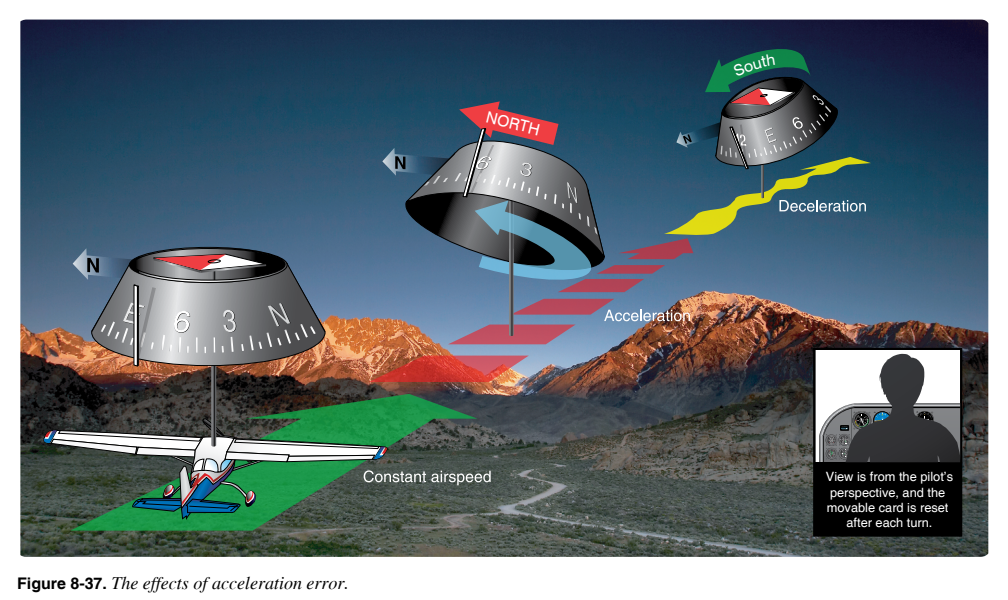 (FAA Pilot's Handbook of Aeronautical Knowledge)
(FAA Pilot's Handbook of Aeronautical Knowledge)
Oscillation Error
-
What is it?
An oscillation error involves all of the previously mentioned errors, resulting in a compass swing with the compass card swinging back and forth around the heading direction of the aircraft.
-
Tips to Remember:
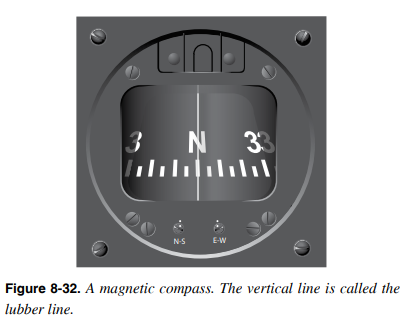
(FAA Pilot's Handbook of Aeronautical Knowledge)
The verticle line is called the lubber line.
-
How to Correct it:
When setting the gyroscopic heading indicator to agree with the magnetic compass, use the average indication between the swings.
Magnetic Compass Preflight Steps
Once the aircraft has been powered up and the gyroscopic instruments have had a chance to spin, check the alignment of the direction indicator by comparing it to the corresponding figure on the magnetic compass card. For compasses with fluid, make sure that the magnetic compass is full of fluid, moves freely, and is correctly positioned in place.
Training Materials
These are some training materials that can help you better understand the general aviation knowledge needed for both private pilots and beyond.

|
ASA Pilot's Handbook of Aeronautical KnowledgeProviding basic knowledge essential for all pilots, from beginning students through to the advanced certificates, this Federal Aviation Administration (FAA) publication introduces readers to the broad spectrum of knowledge required as they progress through pilot training. |
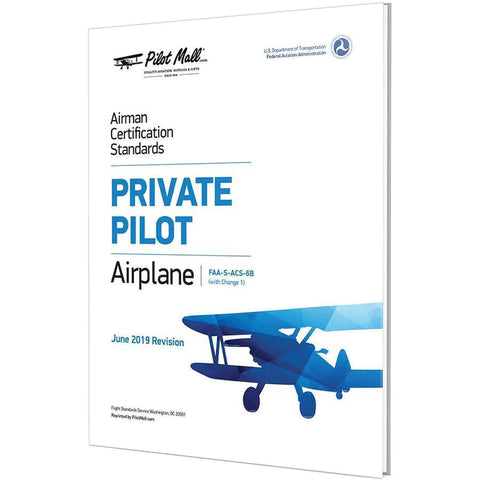
|
Airman Certification Standards (ACS) - Private Pilot AirplaneUnderstand what it takes to earn your private pilot license with our Airman Certification Standards reprint. |
Takeaway
Now that you are armed with the knowledge of possible errors with the magnetic compass, let's take this moment to appreciate the awe-inspiring side of aviation.
Being able to be a part of this field is nothing short of remarkable, it's a world where mastering the details and understanding the difference between compass heading and actual magnetic heading, can elevate a good pilot to a great pilot.
Just like an adventurer navigating through uncharted territory, pilots use isogenic lines on their charts to determine the dynamic challenges of magnetic variation.
It's in these precise adjustments—subtracting for easterly variation, adding for westerly variation—that the magic unfolds.
By gaining education and embracing these nuances, pilots set out on a path where every flight is a testament to their skill and passion for soaring the skins with precision and expertise.
Want to know more about aircraft instruments?
Check out these links!
-
Heading Indicator: What it Is, How it Works, and What to Do if it Fails
-
Watch Your Attitude: A Complete Guide to Aircraft Attitude Indicators
Did you find this article helpful?
Do you think we missed anything important? Let us know in the comments below!



